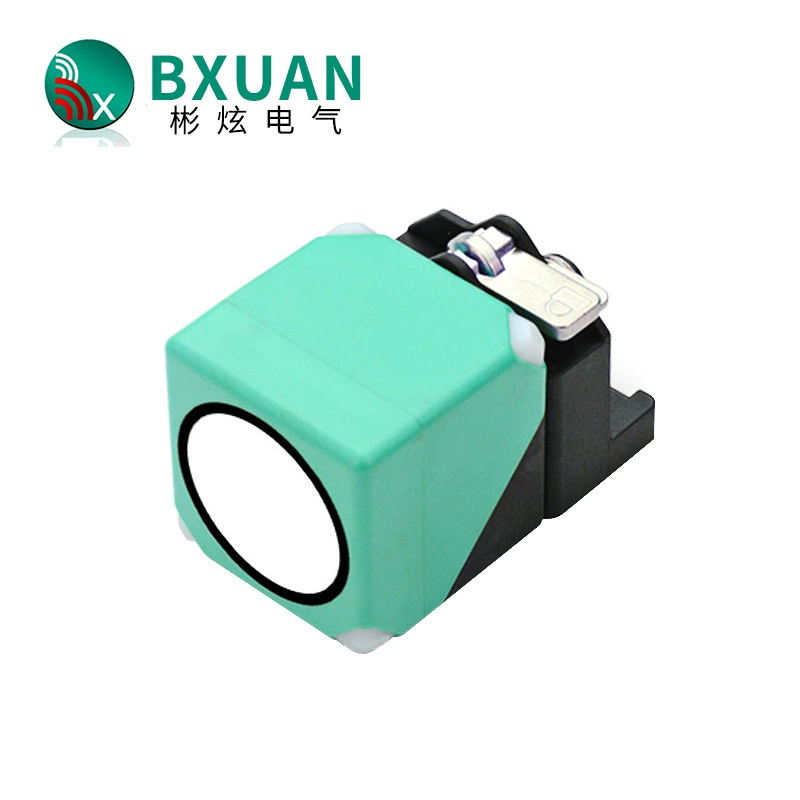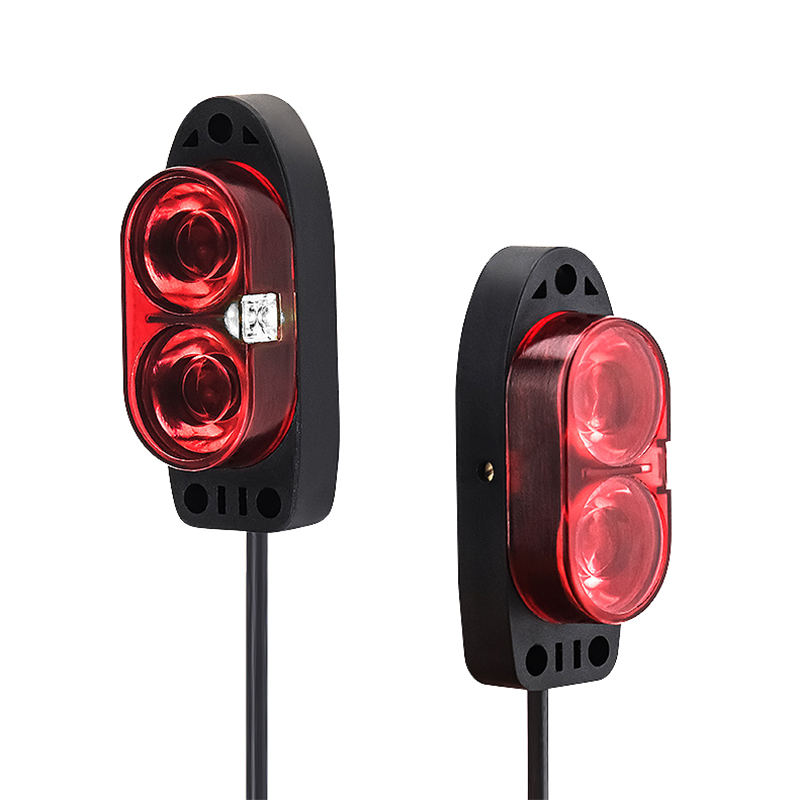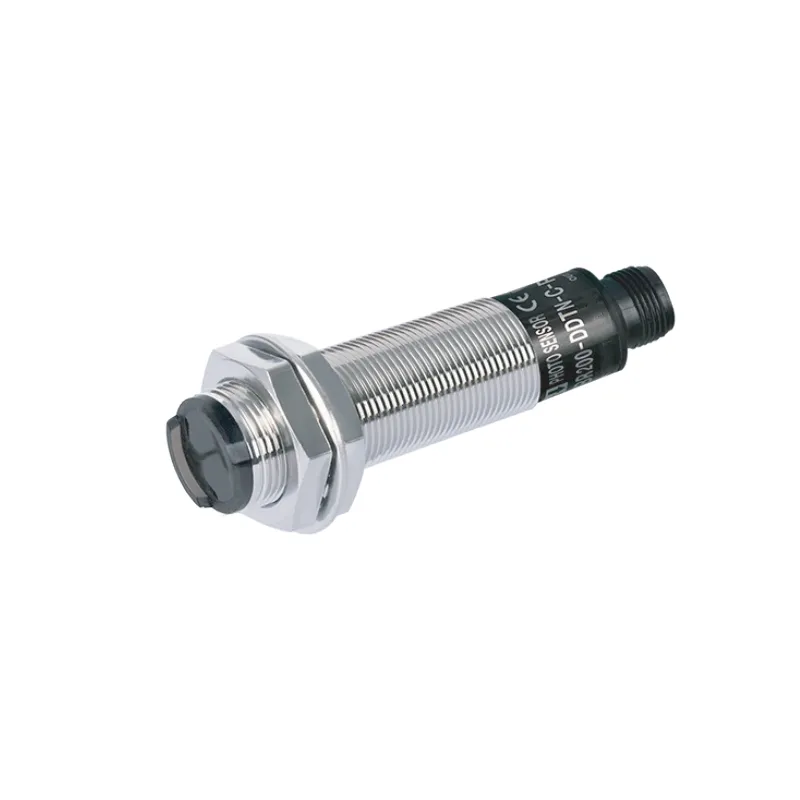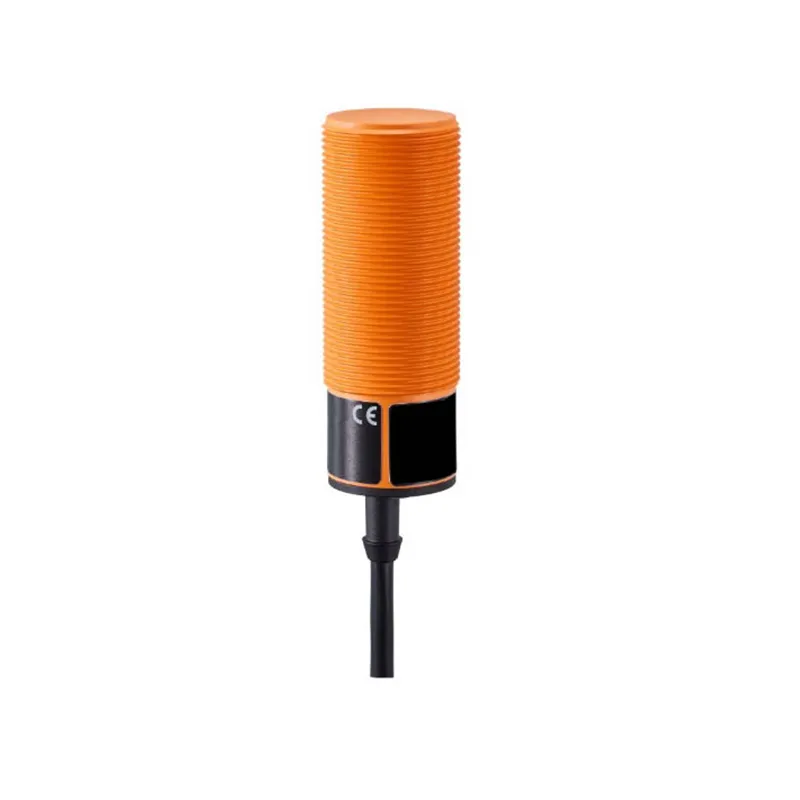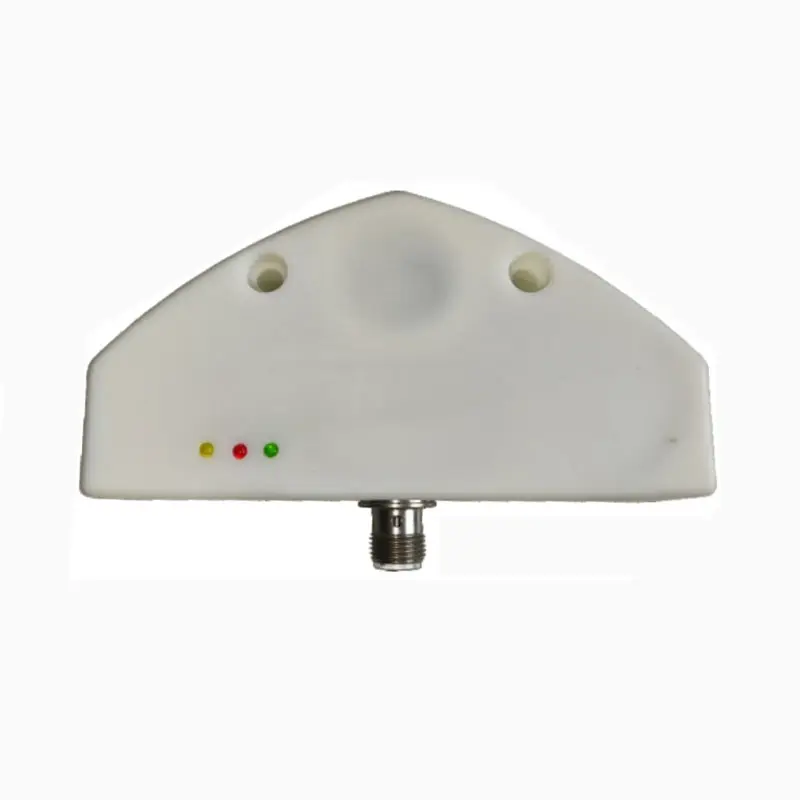capteur de proximité photoélectrique
Un capteur de proximité photoélectrique est un dispositif de détection sophistiqué qui utilise des faisceaux lumineux pour détecter la présence, l'absence ou la distance d'objets sans contact physique. Fonctionnant par émission et réception de lumière, ces capteurs intègrent une source lumineuse infrarouge ou visible, couplée à un récepteur photoélectrique. Lorsqu'un objet pénètre dans la zone de détection du capteur, il interrompt ou réfléchit le faisceau lumineux, ce qui déclenche la sortie du capteur. Cette technologie utilise différentes méthodes de détection, notamment le mode par transmission (à travers-faisceau), le mode rétro-réfléchissant et le mode diffus, chacune adaptée à des applications spécifiques. Ces capteurs excellent dans les scénarios de détection à haute vitesse et peuvent fonctionner efficacement sur de longues distances, ce qui les rend indispensables dans l'automatisation industrielle moderne. Leur capacité à détecter des objets en divers matériaux, couleurs et tailles, combinée à leur immunité aux interférences électromagnétiques, fait d'eux des solutions polyvalentes pour de nombreuses applications industrielles. Les capteurs disposent de réglages de sensibilité ajustables, permettant un étalonnage précis selon les environnements opérationnels, et incluent souvent une protection intégrée contre les interférences dues à la lumière ambiante. Les capteurs de proximité photoélectriques modernes intègrent également des fonctionnalités avancées telles qu'affichages numériques, multiples options de sortie et capacités d'autodiagnostic, garantissant un fonctionnement fiable dans des environnements industriels exigeants.


